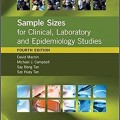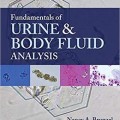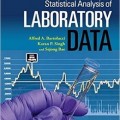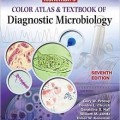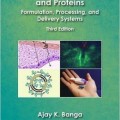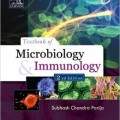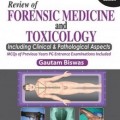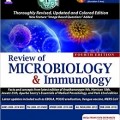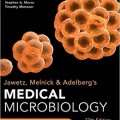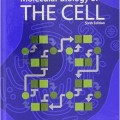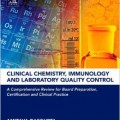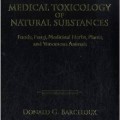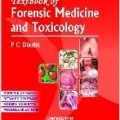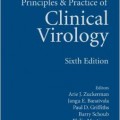دانلود کتاب اصول آزمایش سم شناسی
Principles of Toxicology Testing, 2ed
Nationally, toxicology programs have evolved from a traditional exploration of the chemistry and applied toxicity of chemicals and drugs to a more comprehensive study of toxicology and toxicology testing as independent entities. Consequently, the second edition of Principles of Toxicology Testing starts with basic toxicological principles, including absorption, distribution, metabolism, and elimination of toxins, including chemicals and drugs. The book then continues with animal (in vivo) and in vitro toxicology testing methods associated with toxicological analysis and preclinical drug development.
As in the first edition, the book begins with an introduction into the fundamentals of toxicology (Section I) to prepare readers for the subsequent topics and continues through with a discussion of toxicokinetics and human risk assessment. This introductory material is useful in understanding the applications of toxicology testing.
Section II describes the fundamental principles of toxicology testing in animals in greater detail. This section describes acute toxicity studies as well as subchronic and chronic studies performed on animals. Special emphasis is placed on study design and determination of classical indicators for acute and chronic testing, such as the LD50. The book examines other short- and long-term animal toxicity testing methodologies, including dermal, ocular, and reproductive toxicity testing. In addition, mutagenicity and carcinogenicity studies are also discussed in separate chapters.
Section III introduces and discusses in vitro alternatives to animal toxicology tests. This section emphasizes cell culture methodology and cellular methods for acute systemic toxicity, target organ toxicity, and local toxicity. The contributors present the advantages and disadvantages of alternative methods. They also describe the use of high-throughput screening and its applications, the concepts of standardization and validation of in vitro techniques (especially large, organized validation efforts currently supported by US and EU regulatory agencies), and the theories supporting the development of in vitro methodologies.
This second edition is a must-read for undergraduate and graduate toxicology students. Industrial and academic research centers will also find the text useful for establishing a toxicology testing laboratory.
Review
“This book comprises 23 chapters in three sections: basic concepts; testing in vivo; and testing in vitro, laid out in clear typeface with excellent illustrations and diagrams … Culture and test procedures or protocols are clearly laid out in a flow diagram format that seem easy to follow.”
―Adam Woolley ForthTox, UK in bst News
Contents
۱. Introduction to principles of toxicology
۲. Effects of chemicals
۳. Toxicokinetics
۴. Risk assessment and regulatory toxicology
۵. Descriptive animal toxicology tests
۶. Acute toxicology testing
۷. Subchronic and chronic toxicology testing
۸. Acute dermal toxicity testing
۹. Acute ocular toxicity testing
۱۰. Toxicity testing for fertility and reproduction
۱۱. Carcinogenicity and mutagenicity testing in vivo
۱۲. Introduction to in vitro toxicology testing
۱۳. Cell culture methodology
۱۴. Cell culture methods for acute toxicology testing
۱۵. Acute local toxicology testing in vitro
IS. Toxicokinetic studies in vitro
۱۷. Mutagenicity and carcinogenicity testing in vitro
۱۸. Reproductive and teratogenicity studies in vitro
۱۹. High-throughput screening and microarray analysis
۲۰. Toxicogenomics and epigenetic testing in vitro
۲۱. Experimental design and statistics
۲۲. Standardization and validation of alternative methods
۲۳. Applications of alternative models for toxicology testing
لینک کوتاه : https://bookbaz.ir/?p=40226
نویسنده : Frank A Barile
ناشر : CRC Press; 2 edition
سال انتشار : 2013
زبان کتاب : انگلیسی
نوع فایل : PDF
تعداد صفحات : 344
(ISBN) شابک : 1842145282
قیمت کتاب درآمازون : $125.95
حجم فایل : 3 MB

















